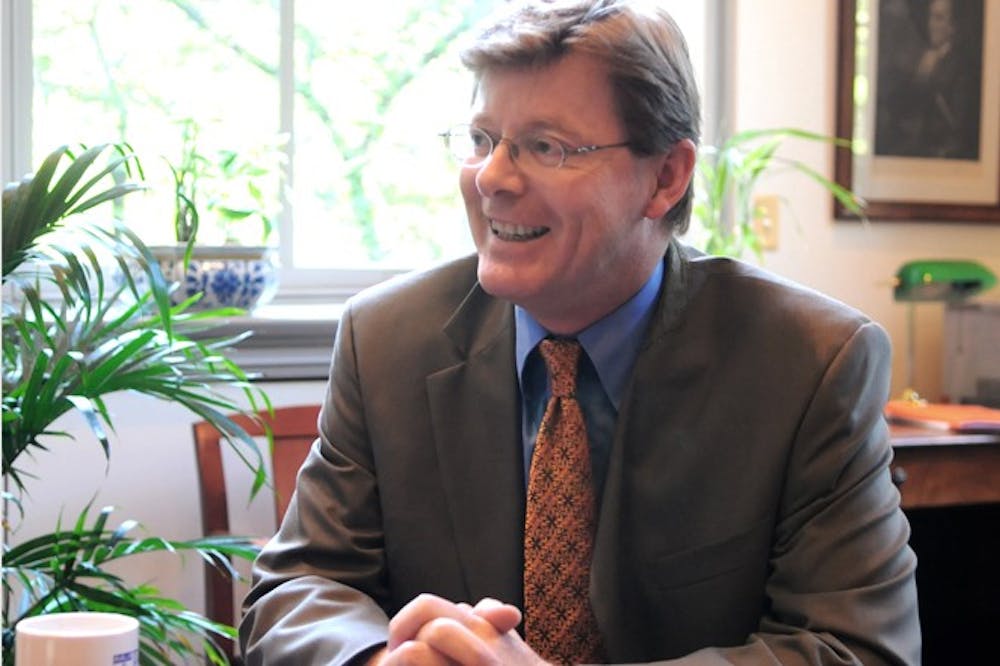Diversity was on the docket at an open Board of Trustees meeting on Thursday.
Trustees on the Academic Policy Committee discussed the status of women and minorities, the role of latent and overt biases in faculty hiring and the progress on the 2011 Action Plan for Faculty Diversity and Excellence.
“I believe that the biggest challenge [in diversifying faculty] is discrimination and unconscious bias, latent bias,” Vice Provost for Faculty Anita Allen said. “These biases do affect who gets hired, who has a chance.”
Provost Vincent Price agreed with Allen’s assessment, and added, “some of the biases are not latent. They are overt.”
Trustee Claire Lomax also agreed, and added that she thinks biases could worsen under the current political climate.
“Given the climate of the country where it’s okay to be a racist, even the new thing, it could embolden people to not change,” she said.
The latest report for the action plan highlighted that 34 percent of new standing faculty recruits were from minority groups, with 11 presidential chairs from underrepresented minorities. The number of URM faculty grew by approximately 30 percent while the total university faculty grew by approximately 2 percent during the same period.
“Now we can say that 15 percent of all new faculty members hired during the plan were underrepresented minorities,” Allen said.
Allen was somewhat less enthusiastic about the progress in women's equity in faculty hiring practices, despite the decrease in the pay gap between male and female faculty from 2.5 percent to 1.9 percent, adjusted for rank. One trustee, Jill Weiss, was incredulous that a pay gap still existed at all.
“How do you not pay women equitably?” she asked.
Allen responded by noting that faculty members have early differences in wage bargaining power, such as offers from other universities.
“There needs to be more effort to approve and retain women faculty,” Allen said.
Progress on the goals of the action plan have improved since the 2014 progress report. Since then, the percentage of faculty recruited from URM rose from 13 percent to 15 percent, and the percentage of women hired annually rose from 40.1 percent to 42 percent.
Lomax expressed concern over the continuing emphasis on the hiring of minority faculty in light of Price's move to become President of Duke University. Price affirmed that his successor will be committed to the action plan.
“I assure you that will happen,” he said.









